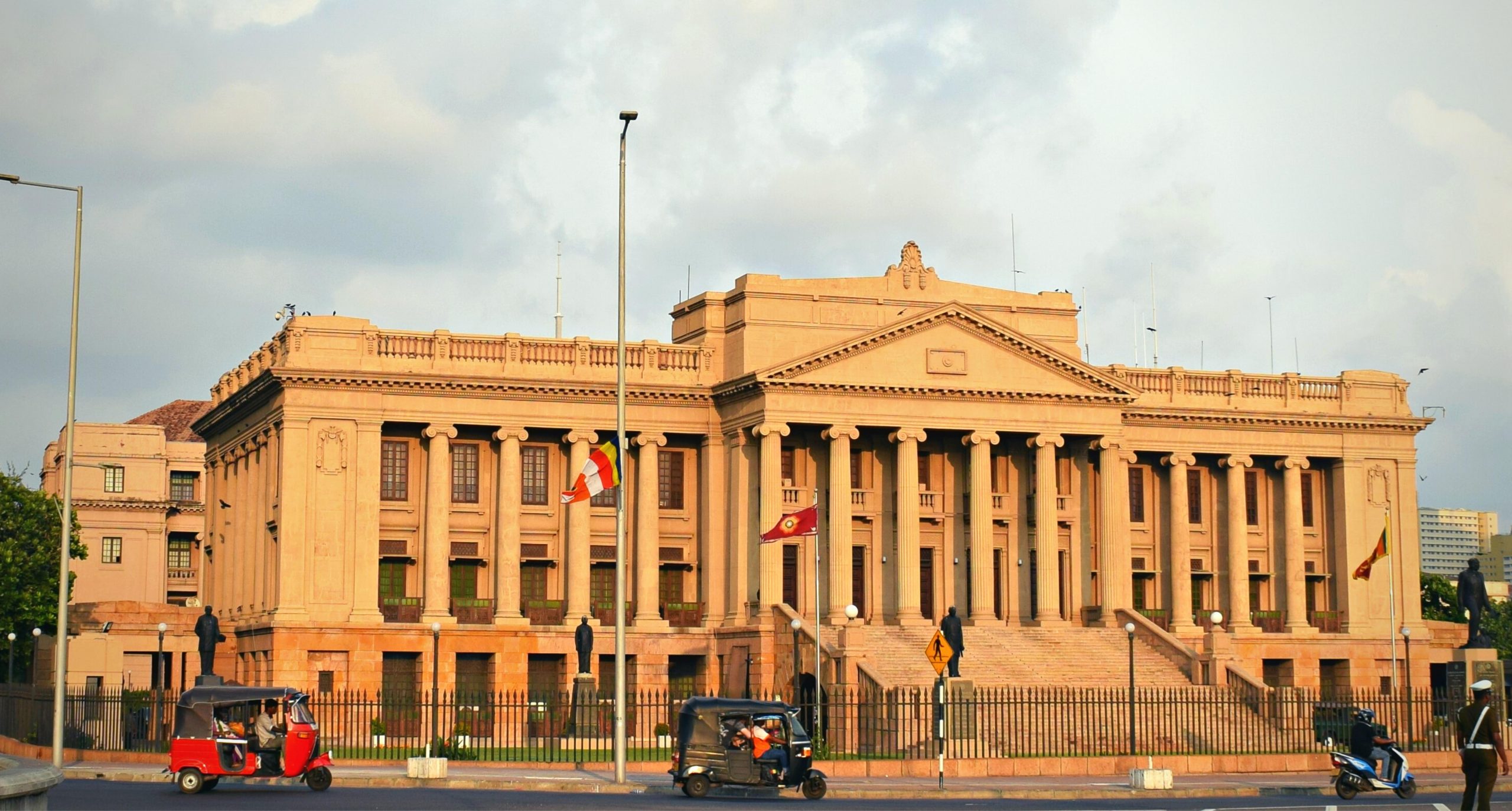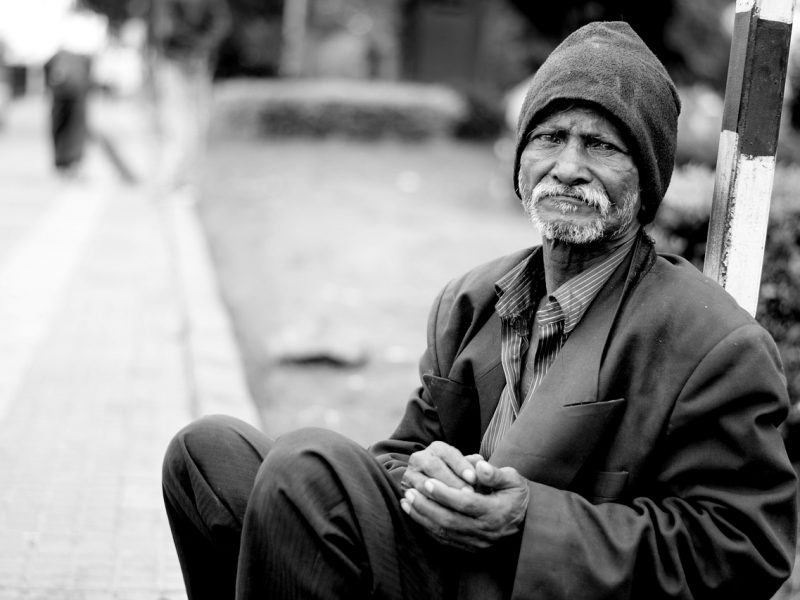This piece was written by Thisuri Rojie Ekanayake for Arutha in partnership with Factum. The original article appeared in The Morning newspaper.
The failure to tackle poor governance has long since been a thorn in the side of Sri Lanka’s developmental efforts.
Governance issues linked to the economy have become especially relevant in recent times since demands for system-wide change expressed during the 2022 crisis remain fresh in the minds of many. But in spite of eloquent campaign promises, numerous independent commissions, and plans, it is common knowledge that little progress has been made so far.
The Governance Diagnostic Report (GDR) on Sri Lanka published by the International Monetary Fund (IMF) emerges in the backdrop of this pessimistic mood about meaningful change.
Admittedly, this report doesn’t contain extraordinary new revelations and it remains to be seen what its ultimate outcome will be. Having said that, there are a number of reasons why the GDR, which has garnered the attention of analysts and political leaders alike, may in fact be more useful than it seems at first glance.
So far, this report has been seen as a surprisingly bold acknowledgement by the IMF of the role of governance weaknesses including political interference in worsening the economic woes of Sri Lanka. This is somewhat unusual because it signals the IMF’s willingness to deal with long-term issues that go beyond its traditional scope which focuses mainly on pure economic concerns.
Sri Lanka’s Diagnostic Report
In the case of Sri Lanka, producing the GDR was one of the two governance-related targets agreed to by the Government authorities during its negotiations with the IMF for the current Extended Fund Facility (EFF) programme.
In fact, several issues explored in detail in the GDR were also reflected in the targets for the EFF, like enacting anti-corruption measures that met international standards, improving laws and regulations related to the Central Bank and financial sector, State-Owned Enterprise (SOE) reforms, and dealing with tax exemptions.
This GDR dives in depth into these concerns and more, focusing on corruption vulnerabilities that worsen economic conditions in line with the 2018 framework on improving governance.
Although the report found Sri Lanka’s compliance with some international good practices, the recent changes to its taxes, and the new Central Bank Act as positive indicators, its main aim was to identify the weaknesses in governance matters and present actionable measures for the authorities of Sri Lanka.
Among the corruption risks recognised, some of the most serious were found in the areas of project planning and procurement, public sector auditing, tax collection, management of SOEs, banking and financial, as well as legal systems.
Vulnerabilities in these sectors came in the form of poorly-designed institutional structures and regulations, limited capacity and unwillingness of officials to prevent malpractices, a lack of transparency and data constraints, an outdated and backlogged legal system, and ever-changing economic policies, to name a few.
Interestingly, the report acknowledged that the country was already aware of many of these governance weaknesses and had made previous attempts to address them which tended to fall short in the implementation stage, especially in high-profile cases involving influential individuals. It explained that this situation reinforced negative public perceptions and spread mistrust in the system.
In light of this understanding, the recommendations provided in the report together with their suggested timelines hope to overcome these deeply-entrenched systematic weaknesses by restoring the citizens’ faith in the State through measures such as establishing an asset recovery mechanism, encouraging public participation and transparency in governance, timely communication of information, and upholding the rule of law.
Governance issues and the economy
To understand how and why the IMF attempts to tackle governance issues using tools like the GDR, it’s helpful to turn to the organisation’s own history.
In its early years, the IMF primarily provided financial resources and strategic direction to countries facing major difficulties in managing their foreign currency payments. The mixed outcomes of these efforts resulted in the organisation facing its fair share of criticism. In later years, various attempts were made to transform the fund’s scope to support economic recovery through less conventional methods and prevent future crises.
The adoption of a Policy on Good Governance seems to be one such measure. Initiated in 1997 and later expanded in 2018, its aim was to better recognise how issues such as corruption, fraud, and inefficiencies in the public sector were harmful to the economy as well as to effectively communicate the IMF’s recommendations to the relevant countries.
Governance reports have since been a widely used tool to achieve this goal. These reports usually accompany financial assistance programmes and rely on collaborations between IMF staff and various local groups both in the government sector and beyond. According to the fund’s website, 15 similar analyses have been completed in other countries by March 2023 while several others are underway.
In cases like the Central African Republic and Peru, GDRs seem to have been useful in conveying the IMF’s technical assistance to create national action plans that promoted better governance.
But it’s reasonable to question whether there will be any meaningful progress in Sri Lanka given the country’s problematic track record of addressing governance issues, some examples of which are its failures to rectify the tax system or tackle unrequested loan offers.
Certainly, the target set out in the current IMF programme is restricted to producing the report with no obligation to carry out its recommendations. But this limitation is inevitable and some may even argue that it is appropriate considering the popular aversion to the conditionalities attached to IMF programmes.
On the other hand, according to recent press briefings and reviews, the findings of GDRs might be taken into consideration in the future stages of the IMF’s financial assistance process and in other types of involvement like capacity-building initiatives.
Beyond this, the exercise has also created a platform to voice various opinions of affected groups and potentially facilitated a more open dialogue between IMF officials and local communities while giving greater legitimacy to the public’s grievances.
For instance, the report’s interpretation of the public protests of 2022 as an indication of deeper systemic issues creates an avenue to look into its root causes rather than simply suppressing dissent for the sake of political stability.
Ultimately, improving governance in Sri Lanka is no easy feat and this is complicated by its position in between the realms of economics and politics. However, the country cannot avoid confronting these shortcomings in its path towards recovery and growth.
Poor decision-making based on personal gains, wasting public resources, and downright unlawful practices that dishearten citizens on a daily basis cannot be ignored if the country hopes to avoid spiralling back into yet another crisis in the future.
To this end, the analysis of this IMF-led report has the potential to be a useful resource in the long and challenging journey towards building a stronger and more resilient Sri Lanka.
*Correction: The Governance Diagnostic Assessment (GDA) is referred to as the Governance Diagnostic Report (GDR)
The views expressed here are the author’s own and do not necessarily reflect the organisation’s.



